PLATTER PERSPECTIVE: Smith Ballew & Ava Gardner
 by Peter Cates
by Peter Cates
Smith Ballew
Native Texan Smith Ballew (1902-1984) had a dance orchestra with which he recorded batches of 78s back during the 1930s. One was a 1935 ten inch shellac (Conqueror 8441) containing a very expressive performance of a Great American Songbook standard, Isle of Capri, in which he also sang as lead vocalist.
Smith Ballew acted in several 1930s westerns and his singing voice was dubbed in for that of John Wayne in 1934’s The Man From Utah.
One very noticeable quality of Ballew’s orchestra was the alert clarity and richness of the woodwinds. This was characteristic of several dance bands during the ‘20s and ‘30s, particularly those of Jean Goldkette, Paul Whiteman, Fred Waring, Richard Himber, Ray Noble, George Olsen etc., an especially rich period for such orchestras ; unfortunately, collectors of these old breakable records are not as common as those of African-American blues and jazz performers and these shellacs are often quite easy to find at junk shops and flea markets.
Interestingly several years ago, a mail order auction site mentioned having come into possession of a collection of some 150,000 78s of both American and British dance orchestras as part of the estate of a wealthy San Francisco lawyer. From what I have heard, many of those records are still awaiting bids.
The above-mentioned Conqueror disc’s side two had the dance orchestra of Sicilian born Vincent Rose (1880-1944) performing a decent rendition of Shirley Temple’s megahit On the Good Ship Lollipop with singer Dorothy Brent; the only information I can find on her is that she was featured on radio during the early 1930s and there is a 1932 photograph. In addition her voice sounded like that of a little girl Shirley Temple’s age.
Rose himself was an accomplished songwriter and his creations include Avalon, Linger Awhile and Blueberry Hill, which Fats Domino recorded in 1956 and which sold several million copies.
Conqueror was a mail order record label owned by Sears, Roebuck. My Uncle Ben Cates told me of ordering the label’s 78 of Gene Autry’s Silver Haired Daddy of Mine for 75 cents when he was in sixth grade.
Ava Gardner
Actress Ava Gardner (1922-1990) came from a very poor family of tobacco sharecroppers in North Carolina. Through a set of circumstances too long to go into, a photograph of her snapped by her brother-in-law came to the attention of an MGM talent scout who arranged for her to be filmed walking back and forth and arranging flowers in a vase.
When studio boss Louis B. Mayer saw the results, he commented, “She can’t act, she can’t sing, she can’t talk, she’s terrific.” Gardner immediately got a contract and coaching in acting, singing and speaking. After years of bit parts, she achieved fame as a femme fatale in the 1946 suspense thriller The Killers with Burt Lancaster, based on an Ernest Hemingway short story.
I remember her most vividly in 1952’s The Snows of Kilimanjaro with Gregory Peck and based on another Hemingway short story.
I have an MGM ten inch 78 of Gardner singing Bill, and Can’t Help Loving That Man of Mine from her appearance in the Studio’s 1951 musical Showboat, and with exquisitely winsome beauty. She also starred in Mogambo with Clark Gable and which was directed by Portland, Maine, native John Ford, whom she referred to as “The most evil man on earth. I adore him.”
I have been recently listening to Wolfgang Amadeus Mozart’s 14th String Quartet which was beautifully played on a 1930s Columbia Masterworks 78 set by the Roth Quartet. That set and another one from the early 1930s by the Wendling Quartet can be heard via YouTube and are highly recommended listening experiences.


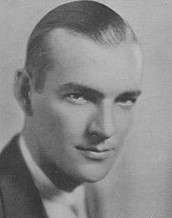













 Lately is seems as though you can’t pass a park or court without spotting people engaged in a lively game of pickleball. The fast-moving sport seems to have come out of nowhere and captured the interest of young and old alike, who can’t get enough of it. With all that play there is inevitably the possibly of strain and injuries, caution chiropractors.
Lately is seems as though you can’t pass a park or court without spotting people engaged in a lively game of pickleball. The fast-moving sport seems to have come out of nowhere and captured the interest of young and old alike, who can’t get enough of it. With all that play there is inevitably the possibly of strain and injuries, caution chiropractors.


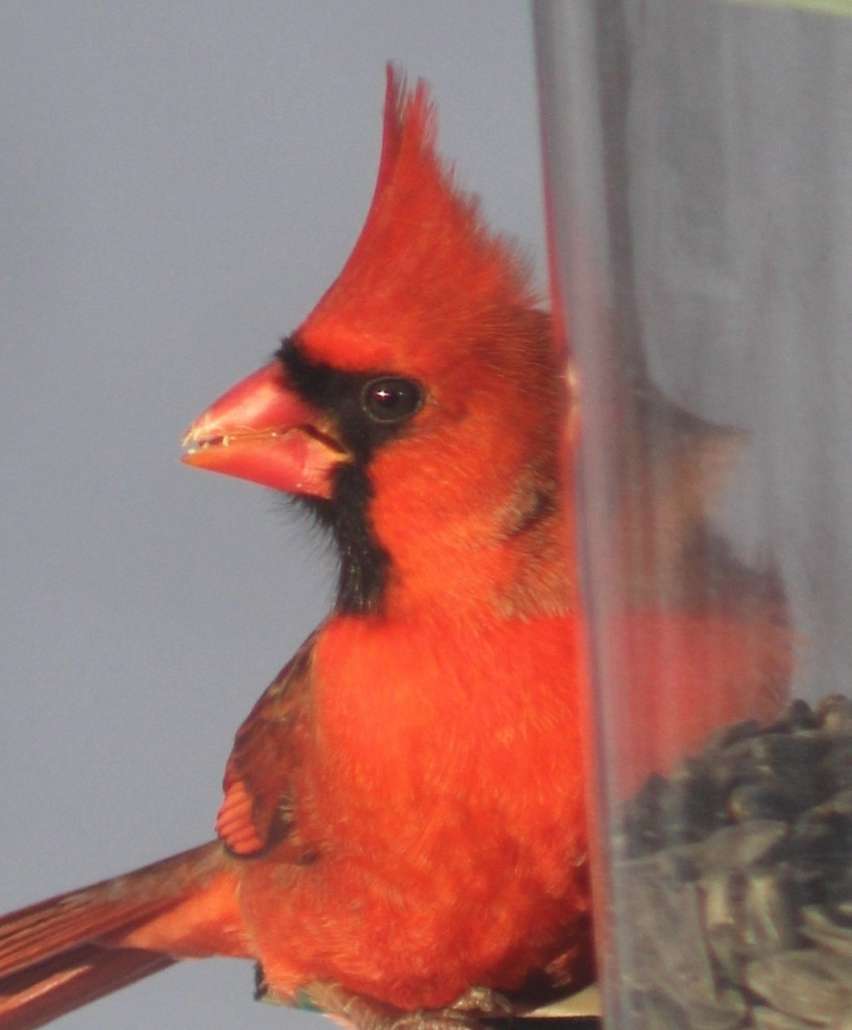
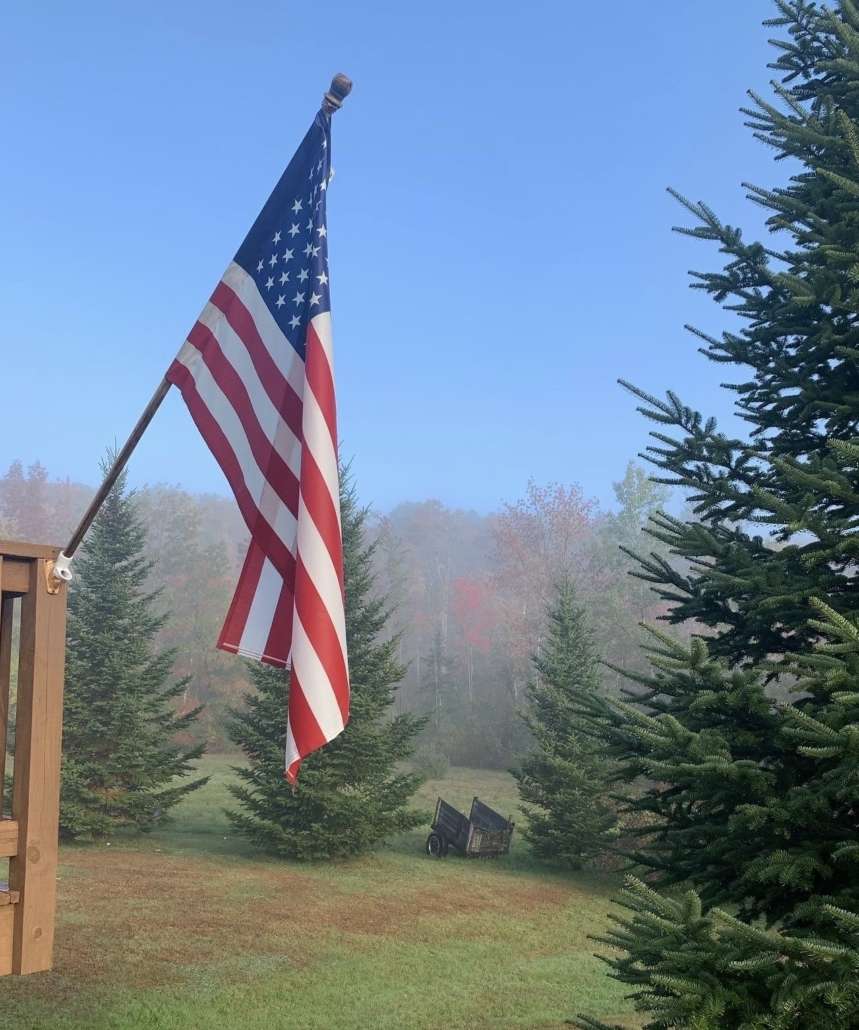

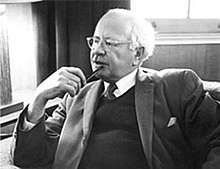

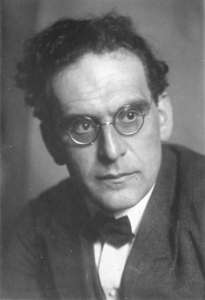

 These tips may help you stay on track with your plan to eat healthier.
These tips may help you stay on track with your plan to eat healthier.